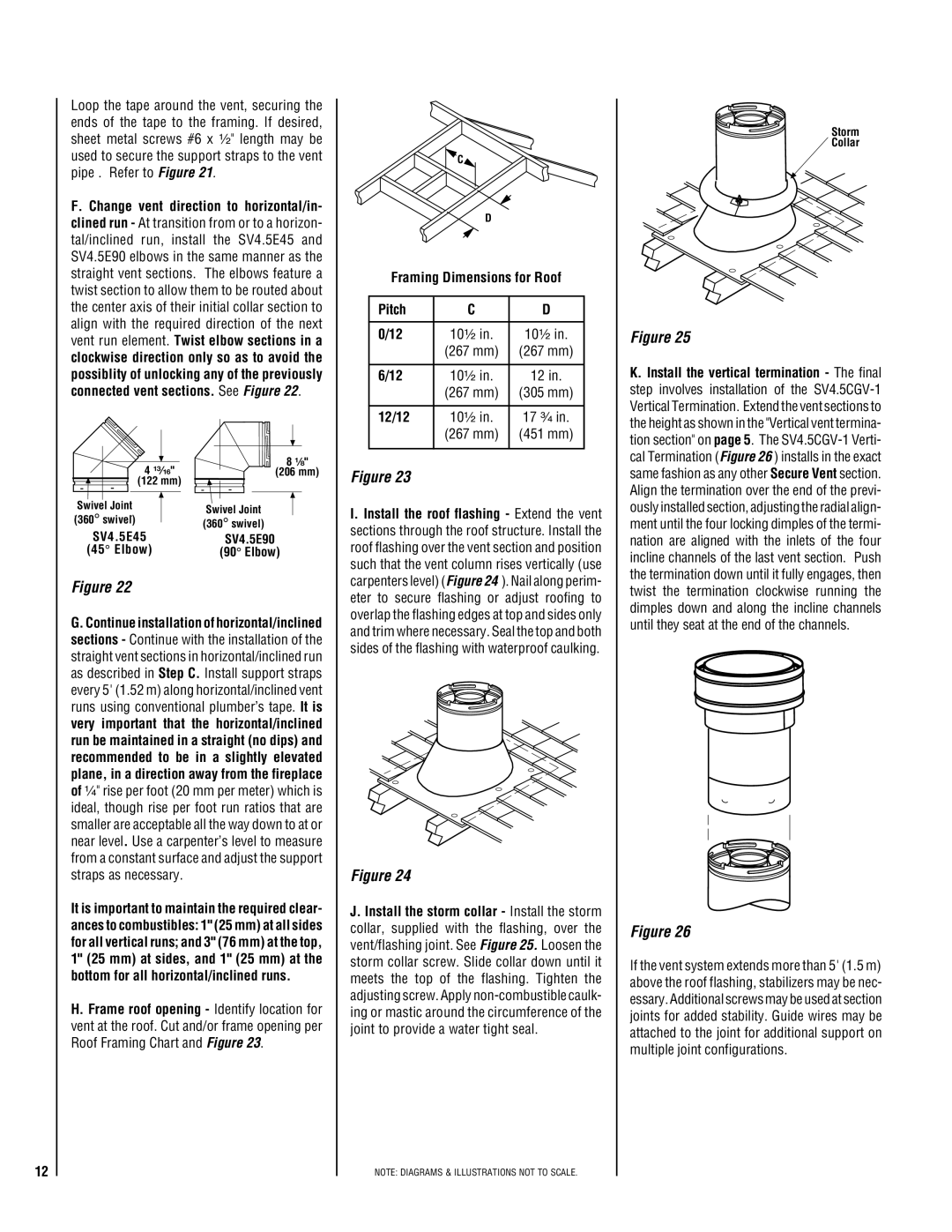600 specifications
TOA Electronics, a leading manufacturer in the audio and communication equipment industry, has built a reputation for delivering high-quality products designed for commercial and professional applications. One of their standout offerings is the TOA 600 series of amplifiers, which combines power, clarity, and reliability, catering to a diverse range of sound reinforcement needs.The TOA 600 series amplifiers are engineered with a wide power range, accommodating various installations from small venues to large auditoriums. This versatility is complemented by advanced technologies that enhance audio performance. The amplifiers boast a compact design, making them easy to integrate into existing sound systems without occupying excessive space.
One of the key features of the TOA 600 series is its high efficiency. Utilizing Class D amplification technology, these amplifiers deliver clear and powerful audio while consuming less energy than traditional analog amplifiers. This not only reduces operational costs but also minimizes heat generation, enhancing the long-term reliability of the equipment.
Another notable characteristic of the TOA 600 series is its built-in digital signal processing (DSP) capabilities. This technology allows users to optimize sound quality in real-time by adjusting parameters such as equalization, compression, and limiting. Users can create tailored sound profiles that suit specific environments or applications, ensuring optimal audio clarity and consistency.
The TOA 600 series also includes extensive protection circuits that safeguard the amplifier against common faults like overcurrent, overload, and overheating. This ensures durability and serviceability, making it a preferred choice for professionals who require dependable audio solutions.
Additionally, the amplifiers support multiple input options, including balanced XLR inputs and unbalanced RCA connectors, allowing for seamless integration with a variety of audio sources such as microphones, mixers, and playback devices. The built-in network capability also facilitates remote control and monitoring, providing users with greater flexibility and convenience.
Overall, the TOA 600 series amplifiers are a testament to TOA Electronics' commitment to quality and innovation in the audio industry. With their advanced features, robust construction, and user-friendly interface, these amplifiers are ideal for anyone seeking reliable and high-performance audio solutions for commercial or professional applications. Whether in schools, venues, or corporate environments, the TOA 600 series amplifiers deliver unparalleled sound quality and reliability.

